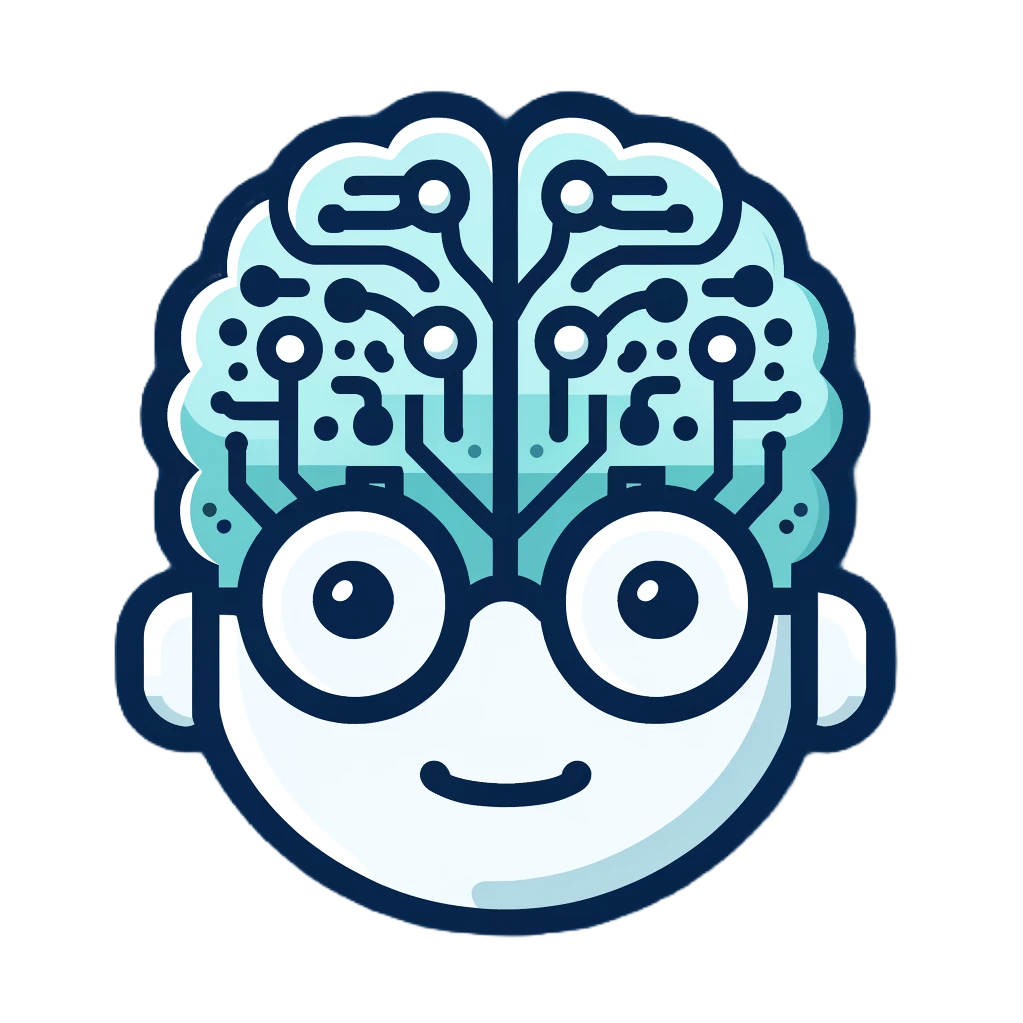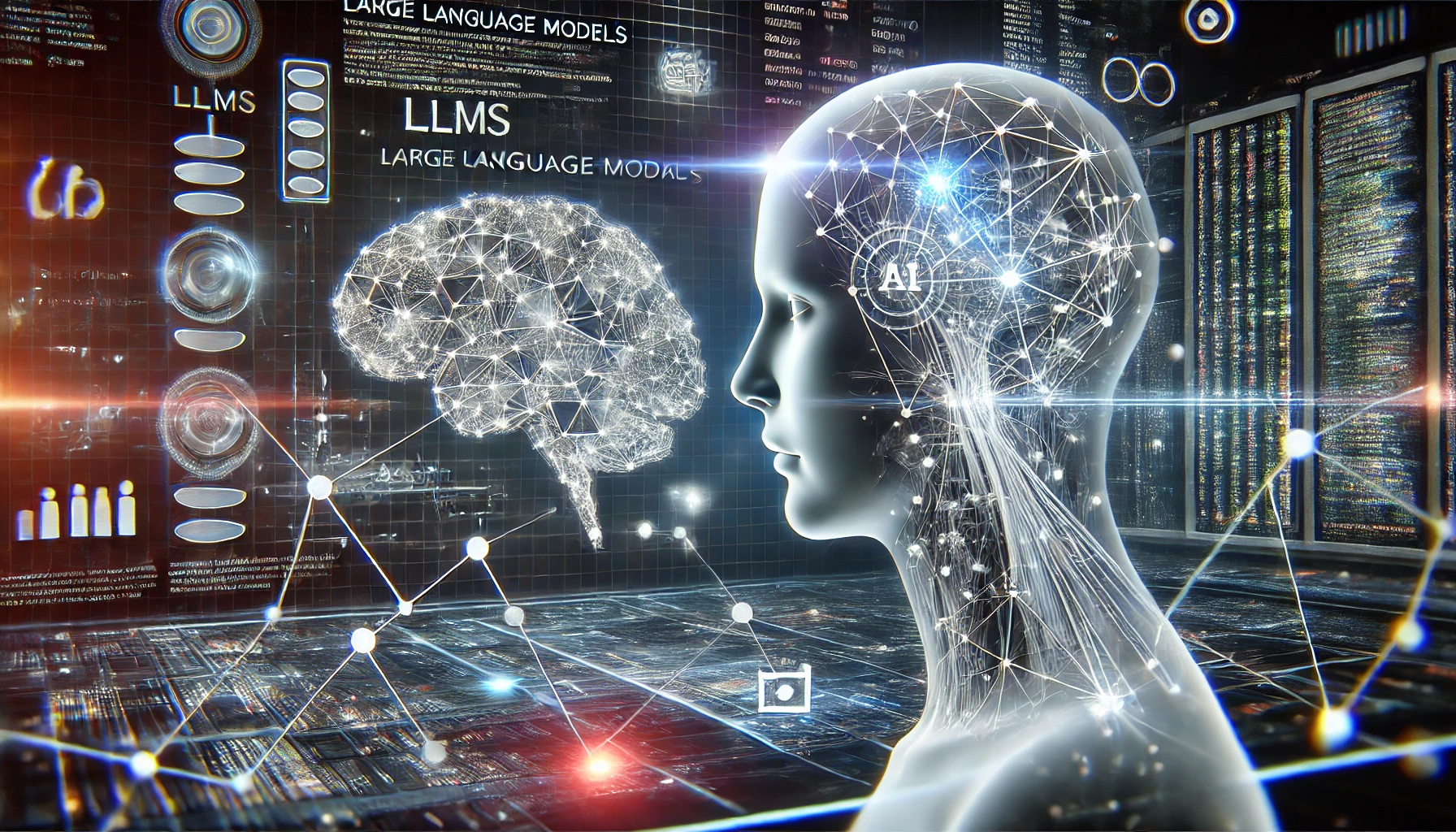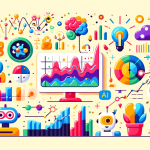In a world where technology is rapidly catching up to science fiction, we’re standing on the precipice of a new era. It’s an era where artificial intelligence (AI) and machine learning aren’t just tools but collaborators in the quest for understanding complex data. As a self-proclaimed data nerd and aficionado of brain-like processing, this is a thrilling time. We’re talking about hybrid intelligence, where large language models (LLMs) and graph databases unite to create something akin to a digital cerebrum.
The Evolution of Large Language Models
Remember when we thought chatbots were the pinnacle of AI? How quaint. Today’s LLMs, like GPT-4, have evolved far beyond those rudimentary days. They can process and generate text with a level of coherence and context-awareness that’s eerily human. But here’s the catch: as these models grow in size and complexity, so do their demands for computational resources. They consume memory like a teenager devours pizza, especially when dealing with long context relationships.
The Self-Attention Bottleneck
LLMs use self-attention mechanisms to understand the relationships between different parts of the text. This is fantastic for short texts but becomes a Herculean task when the context stretches into thousands or millions of tokens. Imagine trying to remember every detail of a 1000-page novel while also analyzing the intricate plot twists. Your brain would need a nap. LLMs, similarly, struggle and require immense memory, leading to inefficiencies.
Enter the Graph
This is where our hero, the graph, enters the scene. Graph databases are like the organized friend who can recall not just what happened at the party but also who was talking to whom and why it mattered. They store data in nodes (entities) and edges (relationships), making it easy to traverse complex relationships without losing context. When hybridized with LLMs, graphs can handle the heavy lifting of long context relationships.
The Magic of GraphRAG
GraphRAG, a recent innovation from Microsoft Research, takes this hybrid approach to the next level. It combines the semantic prowess of LLMs with the structured relational capabilities of graphs. Essentially, GraphRAG allows LLMs to offload the burden of long-term memory to the graph, enabling the model to focus on generating and understanding the text with context that spans millions of tokens.
GraphRAG uses LLMs to extract entities and relationships from text, building a knowledge graph that reflects the intricate web of connections within the data. This graph isn’t just a static map; it’s a dynamic, living structure that grows and adapts as more data is fed into it. When queried, the graph provides contextually relevant information back to the LLM, creating a feedback loop that enhances both understanding and inference.
Real-World Applications
This hybrid model isn’t just academic. Imagine medical research, where understanding complex relationships between diseases, treatments, and patient outcomes can lead to breakthroughs in personalized medicine. With GraphRAG, researchers can navigate this vast landscape of data efficiently, uncovering patterns and insights that were previously buried in the noise.
The Fun Side of Serious Tech
But let’s not get too serious. Imagine using GraphRAG to decode the tangled web of character relationships in “Game of Thrones.” Who really had the most complex social network? Spoiler alert: it’s probably Tyrion. Or consider applying it to social media analysis, where understanding the spread of memes and viral trends could become an exact science rather than a guessing game.
Looking Forward
As we stand at the cusp of integrating LLMs and graph databases, the possibilities are limitless. We’re not just creating smarter AI; we’re crafting systems that can think more like us, bridging the gap between human intuition and machine precision. The future of hybrid intelligence promises to be an exciting journey, blending the best of both worlds to tackle the challenges of big data.
So, fellow data enthusiasts, gear up for this thrilling ride. Whether you’re diving into the depths of medical research or just curious about the social dynamics of your favorite TV show, the convergence of LLMs and graph databases is set to revolutionize how we process and understand information. And who knows? Maybe one day, our digital counterparts will be as adept at navigating the complexities of life as we are—minus the need for coffee breaks.
For more insights into the cutting-edge world of AI and data, stay tuned. The adventure has only just begun.


